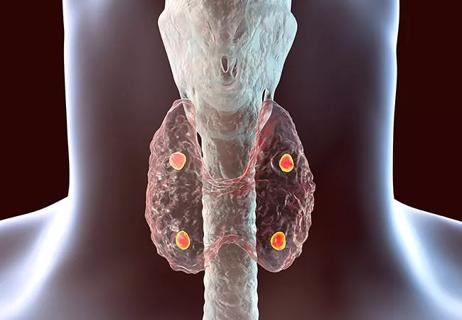High-need, high-cost patients identified in retrospective study

There are strong associations between body mass index, insulin use and health care expenditures related to type 2 diabetes (T2D-HE), a recent study confirms. Given the rapidly escalating price of insulin in the United States over the last 20 years, these findings support the need for well-conceived, preventive interventions.
Advertisement
Cleveland Clinic is a non-profit academic medical center. Advertising on our site helps support our mission. We do not endorse non-Cleveland Clinic products or services. Policy
“As far as we can tell, this is the first study to look at the effects that both obesity and insulin use, together, have on healthcare spending,” says study co-author Sangeeta Kashyap, MD, of Cleveland Clinic’s Department of Endocrinology, Diabetes and Metabolism. “The results confirm our suspicions that these markers of T2D complexity are associated with a disproportionate amount of healthcare spending. Stratifying by BMI and insulin use can help to identify patients for whom preventive interventions would have the most impact on both long-term T2D-related health and healthcare spending.”
Published in the June 2019 edition of Diabetes, Obesity and Metabolism, the study analyzed data from commercially insured patients with overweight/obesity and antihyperglycaemic-treated type 2 diabetes. Data analyzed in the study were taken from a de-identified database of insurance claims linked to electronic health record data. Of the prevalence-based patient sample (N = 13,026), 29.5% were overweight (BMI of 25-29.9 kg/m2), 31.6% were obese class I (30-34.9 kg/m2), 20.3% were obese class II (35-39.9 kg/m2), 18.6% were obese class III (≥40 kg/m2), and 25.3% were insulin users.
Looking at baseline BMI alone, the variable was associated with medical and pharmaceutical T2D-HE. Annual pharmacy expenditures ranged from $1,283 in overweight patients to $2,614 in patients with OCIII. Annual medical expenditures ranged from $6,365 for overweight patients to $7,929 for patients with OCIII. For the 365-day period analyzed, health spending for T2D nearly doubled from $5,842 in overweight patients to $10,644 in patients with OCIII.
Advertisement
There is a strong association with BMI and unadjusted baseline insulin use rates. Specifically, 19.6% of overweight patients used insulin, compared with 33.2% of OCIII patients. In all BMI categories, insulin users had substantially higher healthcare expenditures, ranging from $5,842 in overweight patients who did not use insulin to $17,700 for insulin-dependent patients with OCIII.
“Within each BMI category, T2D-HE for insulin users was at least double that of non-users,” Dr. Kashyap explains. “Since those patients with higher BMI use more insulin, the effect on healthcare spending may be exponential.”
“Given the high cost of insulin in the United States, developing interventions focused on reducing insulin use — and BMI overall — would be prudent,” Dr. Kashyap says. “Since insulin users may differ from non-insulin users in ways that may not be modifiable, it might be more effective to design preventive interventions aimed to keep patients from becoming insulin-dependent in the first place.”
“Routine lifestyle interventions — such as diet and exercise — may have only a modest impact on the use or cessation of insulin,” Dr. Kashyap continues. “That said, we need to address patients’ weight in the management of T2D, which may require medications, in addition to exercise and nutrition counseling. Additionally, metabolic surgery can be very effective for the treatment of diabetes and obesity, and can delay and/or prevent complications related to diabetes.”
Advertisement
Advertisement

A weight-management program plus anti-obesity medication performs well

TRANSITION-T2D RCT results for patients with T2D receiving MDI

Incidence, outcomes and management

Cleveland Clinic endocrinologists work to identify protocols for improving care

Cleveland Clinic’s Endocrinology & Metabolism Institute is working to offer novel opportunities and therapies for diabetes and kidney disease

New findings indicate the importance of achieving sufficient sleep levels in regard to personal glucose targets

A recent study evaluates the correlation between preoperative calcium and parathyroid hormone values as predictors of gland volume and multi-gland disease

A look at how to asses hCG elevation